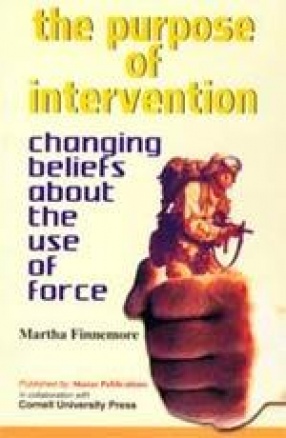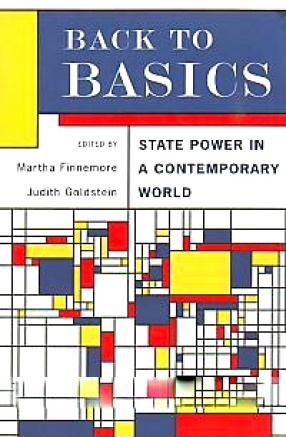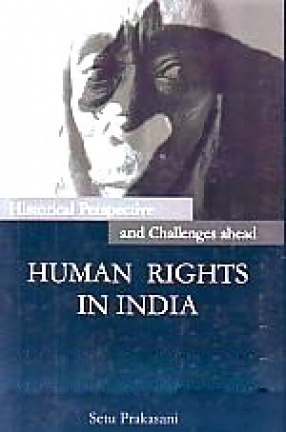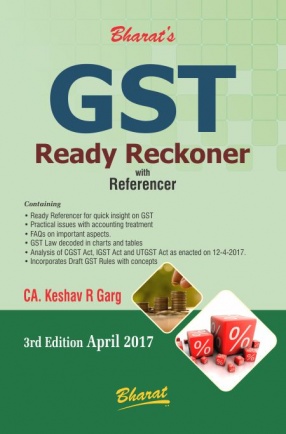Violence or the potential for violence is a fact of human existence. Many Societies reward martial success or skill at arms. The ways in which members of a particular society use force reveal a great deal about the nature of authority within the group and about its members’ priorities. Martha Finnemore uses one type of force, military intervention, as a window onto the shifting character of international society. She examines the changes, over the past four hundred years, in why countries intervene militarily as well as in how they have intervened. It is not the fact of intervention that has altered, she says, but rather the reasons for the meaning behind intervention – the conventional understanding of the purposes for which states can and should use force. Finnemore looks at three types of intervention: collecting debts, addressing humanitarian crises, and acting against states perceived as threats to international peace. In all three, she finds that intervention that is now considered obvious was vigorously contested or even rejected by people in earlier periods for well-articulated and logical reasons. A broad historical perspective allows her to explicate long-term trends: the steady erosion of force’s normative value in international politics, the growing influence of equality norm in many aspects of global political life, and the increasing importance of law in intervention practices.
The Purpose of Intervention
In stock
Free & Quick Delivery Worldwide
reviews
Bibliographic information
Title
The Purpose of Intervention
Author
Edition
1st ed.
Publisher
ISBN
817049205X
Length
viii+173p., Tables; Appendix; Index; 26cm.
Subjects






There are no reviews yet.